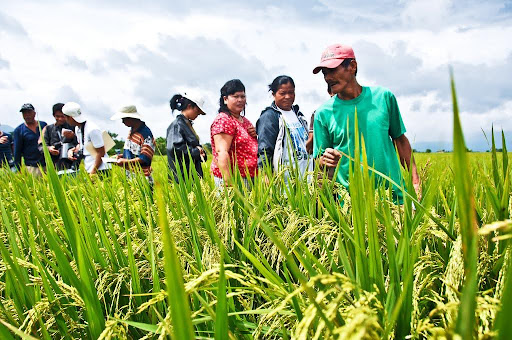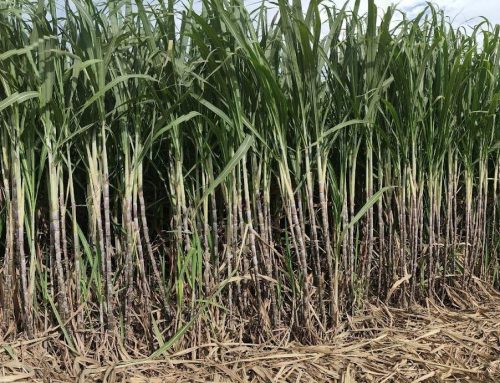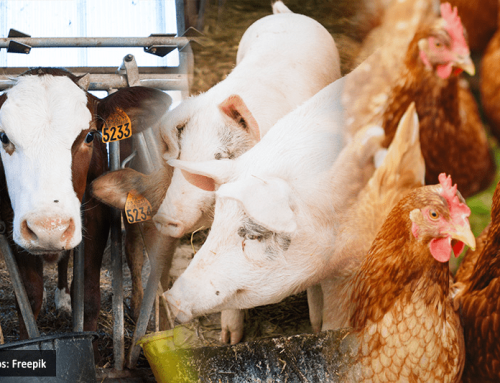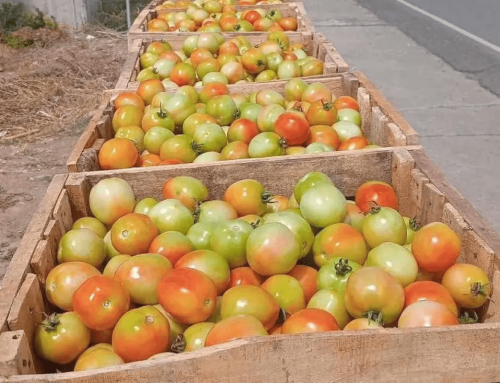In this Article
The Philippines’ efforts to secure rice supply amidst natural adversities, increased imports, and inflation highlighting government measures and trade negotiations to safeguard local production and address market challenges.

Securing Supply
Amid El Niño, the Department of Agriculture confirmed on March 2, 2024 the Philippines’ healthy rice stock, exceeding 20 million metric tons from 2023 supply, buoyed by 600,000 metric tons of imports in early 2024. However, on March 6, the National Irrigation Administration reported 479.15 hectares of rice farms affected in regions like Bicol. In response, the government allocated Php500 million in financial aid, providing each rice farmer up to Php25,000 and earmarked Php1.8 billion for insurance. These measures underline the government’s commitment to rice security, employing strategies to mitigate challenges in production and supply chains.
Increasing Imports
Signing a MoU on January 30, 2024, the Philippines secured an additional 1.5 to 2 million metric tons of rice from Vietnam for five years. Further, President Ferdinand Marcos Jr. initiated negotiations with Cambodia Prime Minister Hun Manet on March 4, 2024, underlining intensified efforts to bolster the nation’s rice supply. The Philippines is set to lead global rice imports in 2024, as projected by the USDA. These agreements raise concerns about potential market disruptions and heightened competition, aggravating existing challenges like price fluctuations and agricultural sustainability. As the country navigates these trade dynamics, the focus shifts to mitigating adverse impacts on local rice production and safeguarding the interests of Filipino farmers.
Inflation of Prices
In February 2024, rice prices surged, leading to a 3.4% inflation rate, with rice inflation at 23.7%, impacting the poorest 30% of Filipinos, comprising 79% of their inflation. A Php 4.00 per kilo drop in retail prices is expected amid the peak harvest season of palay, with farmgate prices already down to Php 22-23 per kilo for fresh palay and between Php 26-28 per kilo for dry palay. Rep. Joey Salceda calls for recalibrating the Rice Competitiveness Enhancement Fund to address post-harvest losses and improve yields.
References: Medenilla, S.P. (2024, March 4). PHL and Cambodia agree to explore rice supply cooperation, trade, tourism tie-ups. Business Mirror. Retrieved March 5, 2024 from https://businessmirror.com.ph/2024/03/04/phl-and-cambodia-agree-to-explore-ricesupply-cooperation-trade-tourism-tie-ups/
De la Cruz, J.N. (2024, March 6). DA urged to implement ‘calculated’ rice-related measures as inflation reaches 3.4 percent in February. Business Mirror. Retrieved March 6, 2024 from https://businessmirror.com.ph/2024/03/06/da-urged-to-implement-calculated-rice-related-measures-as-inflation-reaches-3-4-percent-in-february/
Ordinario, C.U. (2024, March 6). High rice prices cited in 3.4% February inflation. Business Mirror. Retrieved March 6, 2024 from https://businessmirror.com.ph/2024/03/06/high-rice-prices-cited-in-3-4-february-inflation/
Torregoza, H. (2024, March 7). Comprehensive review of Rice Tariffication Law sought in Senate. Manila Bulletin. Retrieved March 7, 2024 from https://mb.com.ph/2024/3/7/comprehensive-review-of-rice-tariffication-law-sought-in-senate-1
Santos, J. (2024, March 3). ‘Wala tayong problema’: Philippines’ rice supply ample amid El Niño —DA. Manila Bulletin. Retrieved March 5, 2024 from https://mb.com.ph/2024/3/1/wala-tayong-problema-philippines-rice-supply-ample-amid-el-nino-da
Carlaso, B. (2024, March 8). ‘NFA lost P112 million after rice sale to traders’. The Philippine Star. Retrieved March 8, 2024 from https://www.philstar.com/headlines/2024/03/08/2338978/nfa-lost-p112-million-after-rice-sale-traders








